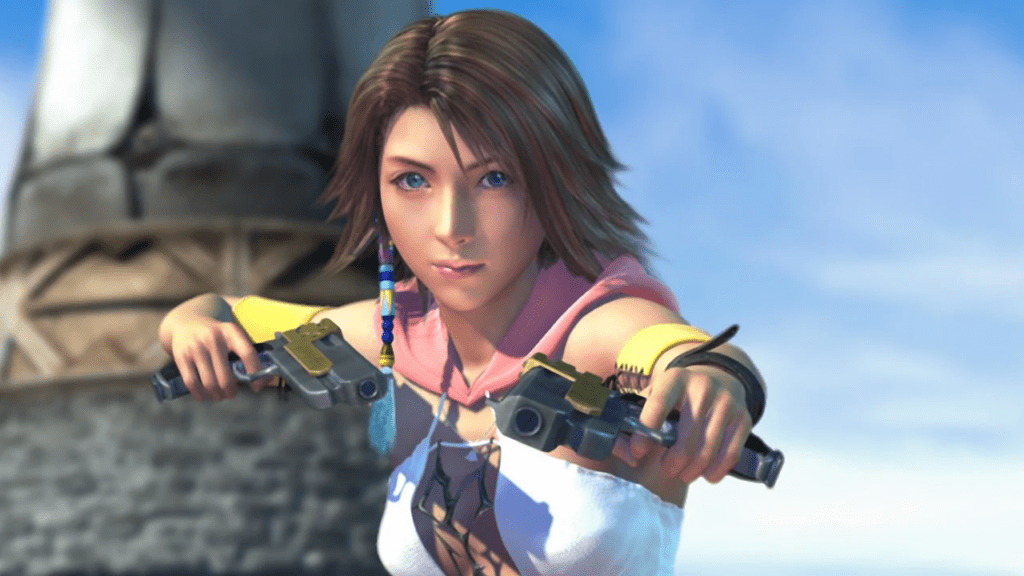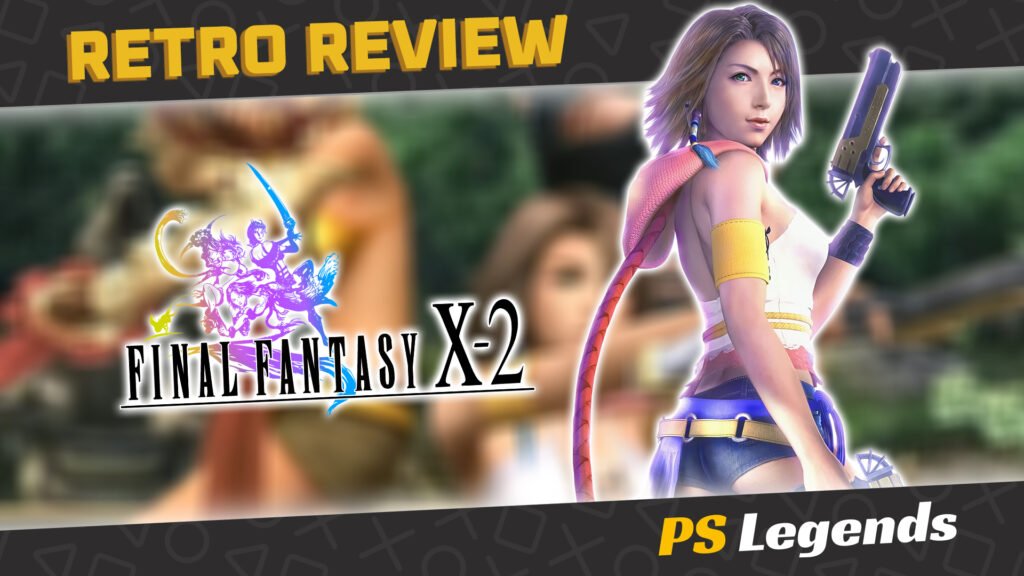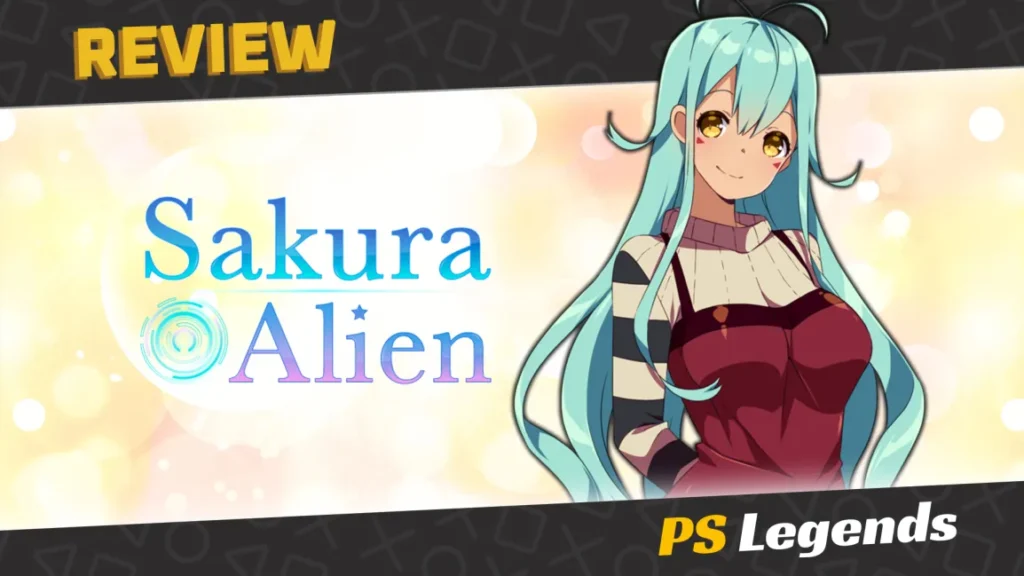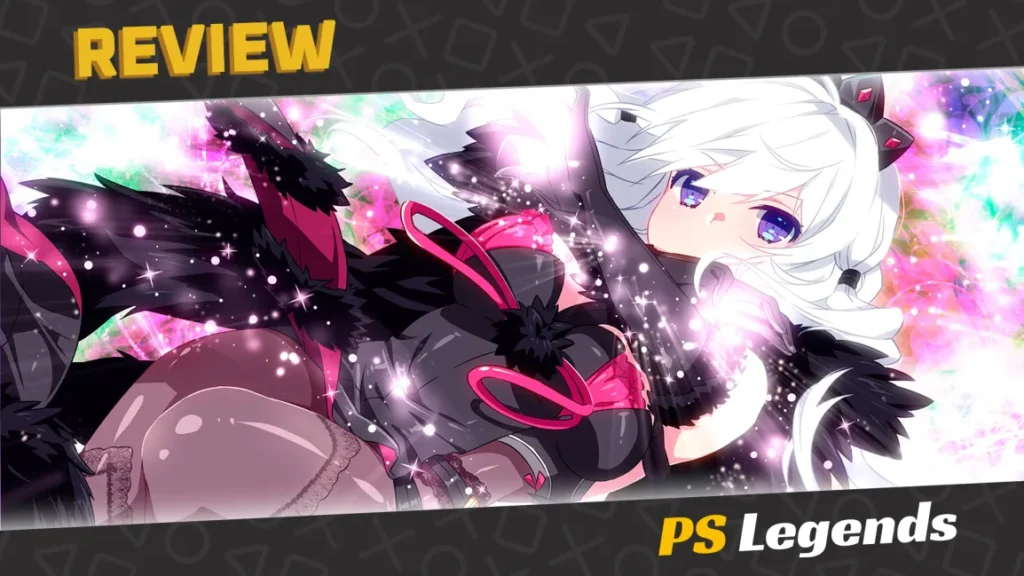Cast your minds back to time when Final Fantasy games were each self-contained adventures; complete stories with defined beginnings, middles and ends present every time (though occasionally across multiple discs) and direct sequels for each unconnected game were nonexistent. 2003 (2004 in Europe) changed everything we thought we knew.
Introduction
A new console generation brought with it the expectation that games make use of the more powerful hardware available, whether the developer was ready for this transition or not. It soon became clear that games would not only cost more to make, but also require a bigger time investment in their development. Returning to a strategy previously rolled out during production of their older 2D games, Square was about to create its first direct sequel in record time by copy-pasting the world of its predecessor.
Final Fantasy X-2 replicates the world of Final Fantasy X in an almost like-for-like fashion, however the game would attempt to soften the blow by implementing significant gameplay changes, animation improvements and some surprising changes to character designs. Sporting a new image of a Charlie’s Angels-like trio of strong, all-female leads and some more personal character interactions introduces this maturing chapter in the underlying coming-of-age subplot.
Final Fantasy X-2 would show the surprising yet welcome sexy side to characters like Yuna and Rikku, and this is highlighted immediately with their more revealing outfits. The world of Spira may not have changed much, but our experience in this sequel would be very different from what came before. Would this mishmash of components fuse together to make a decent sequel?

Story
Final Fantasy X-2 begins roughly two years after Final Fantasy X and shortly after the events of the ‘Eternal Calm’ promotional video, shifting fully to Yuna as the protagonist. Now estranged from Tidus, Yuna and Rikku are joined by a young woman named Paine, forming a sky-faring, mostly Al Bhed group known as the Gullwings, a tech-savvy team of Sphere Hunters.
Sphere Hunters seek magical spheres which contain video-like recordings of past events. With Spira’s past shrouded in mystery, such knowledge of historical events is invaluable, but for Yuna, a sphere containing footage of Tidus rouses her into learning more, though the more globetrotting she does, the more she crosses paths with Spira’s up-and-coming new political parties and guilds, who push the famous former summoner into choosing a side to support.
These competing groups will bring both help and hindrance to the Gullwings as Yuna’s party explores each territory. Young people were especially quick to abandon Yevon and embrace technology, while many of the older generation felt that cultural changes were happening too quickly. The most influential of the groups are the progressive Youth League led by Mevyn Nooj, the reformist New Yevon Party led by Praetor Baralai, and the Al Bhed Machine Faction led by Gippal which supplies weapons to both sides.
By the start of the game, there are rising tensions between the Youth League and the New Yevon Party. Both groups have sought High Summoner Yuna’s endorsement, however Yuna already has her hands full dealing with an unethical rival Sphere Hunter group known as the Leblanc Syndicate.

Gameplay
In contrast to its predecessor, Yuna may visit almost every location in Spira from an early point in the game via airship. The field-map navigation system is largely unchanged from Final Fantasy X; players navigate large, continuous three dimensional areas by controlling the on-screen character. A few upgrades have been implemented, providing the player with further interaction with the environment through jumping, climbing, and rotating camera angles.
The game’s sidequests include minor tasks and quests, optional bosses and dungeons, and also the most minigames of any Final Fantasy game at the time of its release. These minigames include the Gunner’s Gauntlet shooting game and the Sphere Break multiplication-based coin game.There’s also a management sim based on Blitzball, the fictional underwater sport from Final Fantasy X.
Unlike its predecessor, in which the player’s course through the world was largely linear, Final Fantasy X-2 allows players to visit almost any location at any time. The game consists of five chapters, with each location featuring one scenario per chapter. Together, the five scenarios in one locale form a subplot of the game called an ‘Episode’. Players are free to engage with as many or as few optional scenarios as they choose; only a few scenarios per chapter are required to advance the game’s central plot and are marked on the world navigation system as ‘Hotspots’.

Both Hotspots and optional scenarios contribute to a story completion tracker and will usually influence the percentage of the main narrative completed. Achieving 100% completion unlocks a secret ending. When the game is finished, a New Game Plus option gives players the opportunity to replay the game with different choices, with all of the items and storyline completion percentage previously achieved intact, but all character levels are reset.
The combat in Final Fantasy X-2 uses an enhanced version of the old Active Time Battle (ATB) system, in which characters and enemies take actions according to their speed stat. This implementation of ATB allows characters to interrupt enemies while they are preparing to take an action. With precise timing, it is possible to chain attacks together for greater damage, however this change of system also means that the stats, skills and abilities acquired for Yuna and Rikku in the previous game are now obsolete.
Characters may change their character class mid-battle using dresspheres and the Garment Grid. These dresspheres, based on early Final Fantasy jobs/character classes, allow access to different abilities to alter the course of battle. The Garment Grid is a geometric shape composed of nodes, and characters have access to dresspheres placed in these nodes. Characters can learn new skills for each dressphere with the use of Ability Points (AP). AP is earned by defeating enemies and by using the items and abilities relevant to each sphere.

Graphics/Sound
While the game world and several minor characters are simply like-for-like copies of their Final Fantasy X counterparts, there are small changes here and there. Most notably, you’ll notice that main characters have received new facial details which allow for more variety in mouth movements and facial animations as a whole. Characters are much more expressive now, borrowing the facial animation system implemented in Kingdom Hearts. It brings a welcome touch of realism to the game.
The full cast of iconic voice actors make their return from Final Fantasy X, and while some will see their roles reduced to smaller, NPC status, others such as Yuna’s Hedy Burress and Rikku’s Tara Strong will now take on more dialogue than ever before, now bringing a superb performance from Gwendoline Yeo as Paine along for the ride.
Series veteran Nobuo Uematsu did not reprise his role as lead composer for Final Fantasy X-2, and I’m sorry to say it really shows, particularly in the dreadful midi battle theme which attempts a rocking electric guitar on a console that simply can’t replicate it in its current form, leaving us with a tacky, faux-rock vibe throughout. Noriko Matsueda and Takahito Eguchi composed the soundtrack for the game and did try to bridge the tone with the inclusion of two J-pop songs: ‘Real Emotion’ and ‘1000 Words’, both performed by Jade Villalon of Sweetbox in the English versions of the game.

Replayability
Complete mastery of the game will be your ultimate goal here. There’s a completion percentage in the top-right corner of the world map that will taunt you throughout the adventure. To hit 100% and unlock the game’s happier ‘true’ ending, you’ll have to go everywhere and do everything, and you’ll need to do it all again and again across the game’s five story chapters.
This is a hell of a lot of work, and if you miss even a single percentage, you can expect a less complete ending and the offending percentage forever branded on your save file. With the game being such an incredibly slow and unrewarding burn, a second playthrough to tie up lose ends is not recommended. It really does mean starting from scratch, and honestly, I think we’ve already suffered enough. There’s no shame in dusting off that old strategy guide so you can get it all done in a single playthrough, though this will potentially double your playtime, and that’s not a good thing.

Conclusion
At first glance it may feel like the world of Final Fantasy X is now fully open to you, and you’d be right in theory, yet areas such as offshore islands and the bustling inner-city depths of Bevelle are still inaccessible; odd for locations which could potentially hold secrets relevant to the obscure history of Spira. This is the same world we’ve seen before with very little added to flesh out each location. The odd dark underground tunnel here and there doesn’t exactly expand our perception of the world much.
Perhaps the biggest kick in the teeth is the inability to explore the Farplane, a sort of spiritual underworld we were teased with in the first game but only a small sample of it is revealed here. Undoubtedly, the mysterious world of Spira still has secrets to reveal and stories to tell, and yet we only get to see a fragment of it. Final Fantasy X-2, or perhaps more accurately its main villain, only reveals a tiny chapter told from a limited perspective when there are thousands of years of history still waiting to be rediscovered, while Spira’s ominous life-death cycle still remains largely unexplained.
Final Fantasy X-2 is actually the product of an internal vote at Square, with the alternative option being to develop a prequel game centred around the journey of Braska and Jecht, Yuna and Tidus’ respective fathers. With this tale partially covered in the original game, choosing the option of a sequel instead was perhaps the better option, yet it’s a sequel that brings nothing of value to the character arcs or lore of the world. It’s a game that needs to set its sights a little higher with more ambitious and powerful storytelling.
As such, we’re left with a story that feels like a bit of a step back from its predecessor. It’s something of a globe-trotting errand simulator that feels more like a collection of side-quests than a core chapter in a grander story. The origins of the eerie Farplane and the roles of the omnipotent Fayth will likely be forever a mystery to us. Final Fantasy X-2 doesn’t hit nearly as hard as its predecessor and feels like a silly collection of odd jobs at times and a boring slog through samey territory at others; No amount of Rikku in a bikini is going to change that.
Joys
- A more open world
- Some nice visual tweaks
- A tasty helping of fan-service
Cons
- A nightmare to finish entirely to get the true ending
- The same environments again
- Very little story, dragged out by boring filler



